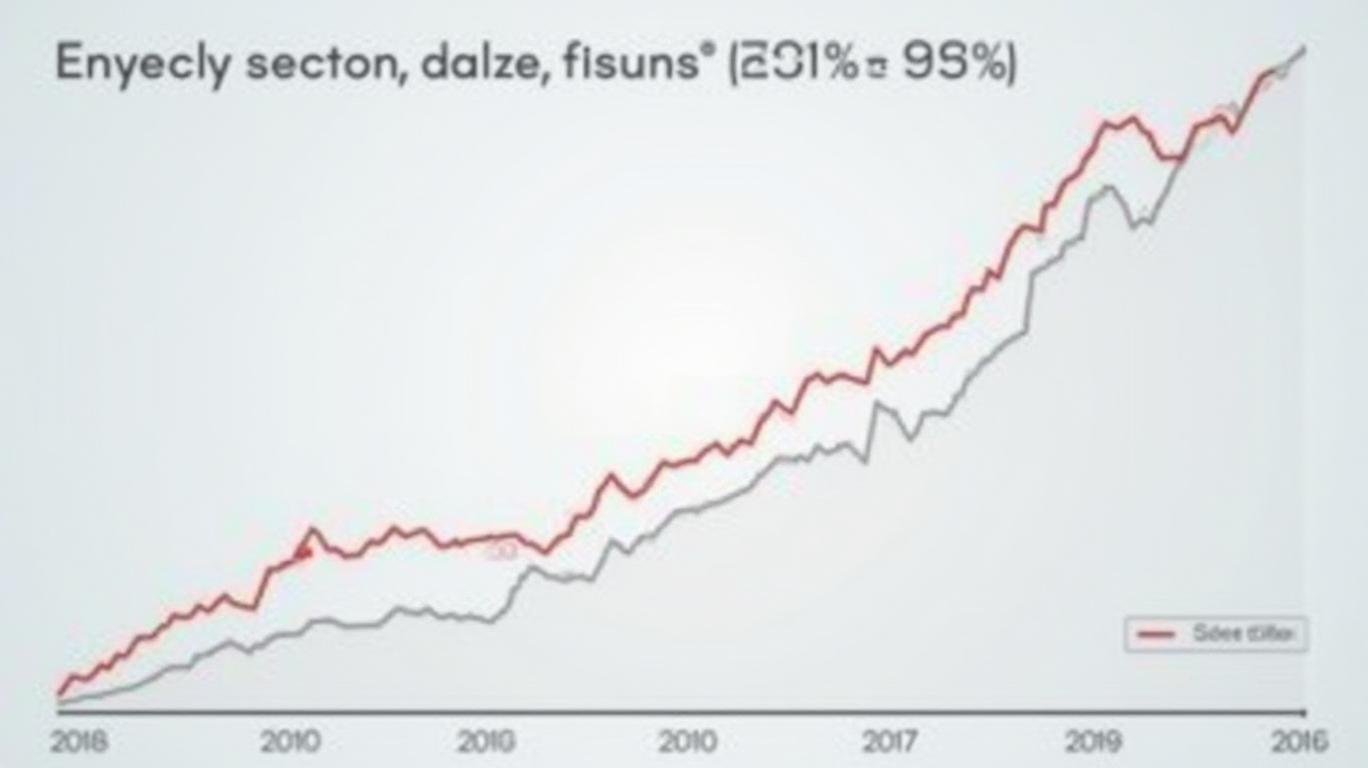Trump's UK Trade Deal: A Fragile Framework Amid Lingering Risks
In April 2025, the Trump administration announced its first major trade deal in years—a framework agreement with the United Kingdom. While hailed as a diplomatic victory, the pact remains a partial resolution to a broader trade war, leaving critical sectors exposed to unresolved tensions. For investors, the deal’s narrow focus on select industries and its exclusion of key issues pose both opportunities and risks.
Ask Aime: What impact will the Trump-UK trade deal have on the U.S. tech sector?
The agreement’s core terms include reduced tariffs on British cars, eliminated duties on steel and aluminum, and expanded agricultural access for U.S. farmers. Yet, its 10% baseline tariff on all UK imports—non-negotiable to Trump—and unresolved disputes over pharmaceuticals, digital taxes, and film tariffs threaten to limit its economic impact.
The Deal’s Wins—and Its Limits
The automotive sector stands to gain the most. The U.S. slashed tariffs on British-made vehicles from 25% to 10% for the first 100,000 cars annually, a move that could boost U.S. exports of luxury brands like Jaguar and Land Rover. Meanwhile, UK steel and aluminum exporters secured tariff-free access to the U.S. market, though the UK’s modest $492 million steel exports to the U.S. in 2023 limit this sector’s significance.
For U.S. farmers, the deal opens doors: the UK agreed to a 13,000-metric-ton tariff-free quota for beef and eliminated ethanol tariffs entirely. However, the baseline 10% tariff on most goods—projected to generate $6 billion annually in U.S. tariff revenue—remains in place, complicating broader trade flows.

Unresolved Issues: The Elephant in the Room
While the deal’s headlines focus on wins, the excluded sectors and pending negotiations suggest fragility.
Pharmaceutical Tariffs: The UK’s £6.5 billion annual pharmaceutical exports—dominated by firms like AstraZeneca and GlaxoSmithKline—are still vulnerable. Trump’s pending investigation into drug imports could trigger new levies, with no guarantees of exemption.
Digital Services Tax (DST): The UK’s 2% tax on U.S. tech giants like Google and Meta remains intact. While the U.S. demanded its removal, the UK refused, fearing backlash from Labour lawmakers. This unresolved issue could reignite trade tensions.
Film and TV Tariffs: Trump’s proposed 100% tariff on foreign film imports—a last-minute demand—was excluded entirely. The UK’s £95 billion-a-year film industry faces existential risks if this issue resurfaces.
Steel Discrepancies: Contradictions between U.S. and UK statements on steel tariffs linger. The UK claims tariffs were eliminated, while the White House emphasized an “alternative arrangement.” This ambiguity could spark disputes over implementation.
Automotive Quota Limits: The 100,000-vehicle tariff reduction excludes Jaguar Land Rover’s full 2024 export volume of 104,000 cars, forcing excess shipments to face 25% tariffs.
The Baseline Tariff: A Double-Edged Sword
The 10% tariff on all non-exempt goods—applied unilaterally by Trump—remains the deal’s most contentious feature. While it secures $6 billion in annual U.S. revenue, it also acts as a brake on broader economic integration. JPMorgan analysts estimate the deal will boost UK GDP by just 0.1%, calling it “limited in scope.”
For investors, the tariff’s persistence creates uncertainty. Sectors like machinery and chemicals, which account for 40% of UK-U.S. trade, face ongoing headwinds. Meanwhile, U.S. companies reliant on UK imports—such as auto parts manufacturers—could see costs rise without further carve-outs.
Market Reactions and Forward Guidance
The deal’s announcement briefly buoyed U.S. stocks, with the Dow surging 650 points. However, analysts tempered optimism, noting unresolved issues and the Federal Reserve’s reluctance to cut interest rates. The UK’s FTSE 100 dipped 0.8%, reflecting skepticism over the pact’s asymmetrical benefits.
Looking ahead, the UK and U.S. face a June 9 deadline to finalize terms before paused tariffs on other nations resume. Negotiations over China’s 145% tariffs and deals with India and Vietnam will test the framework’s durability.
Conclusion: A Deal for Politics, Not Economics
The 2025 U.S.-UK trade deal is best viewed as a politically expedient framework rather than an economic transformation. While automotive and agricultural sectors gain targeted relief, unresolved issues—including pharmaceutical tariffs, digital taxes, and the 10% baseline—limit its long-term value.
Investors should approach with caution. Sectors like UK car manufacturing and U.S. ethanol producers may see near-term gains, but broader market impacts remain constrained. The deal’s fragility underscores the risks of relying on a “tariff-first” trade strategy, which could stifle global growth if unresolved tensions escalate.
For now, the pact serves as a milestone in Trump’s trade agenda—symbolic but substantively incomplete. The real test lies in whether the unresolved issues are addressed before the next deadline, or whether they become the next flashpoint in a prolonged trade war.
Data sources: U.S. White House, UK Office for National Statistics, JPMorgan Economic Research, Federal Reserve.


_d6548da11749819995064.jpeg)







